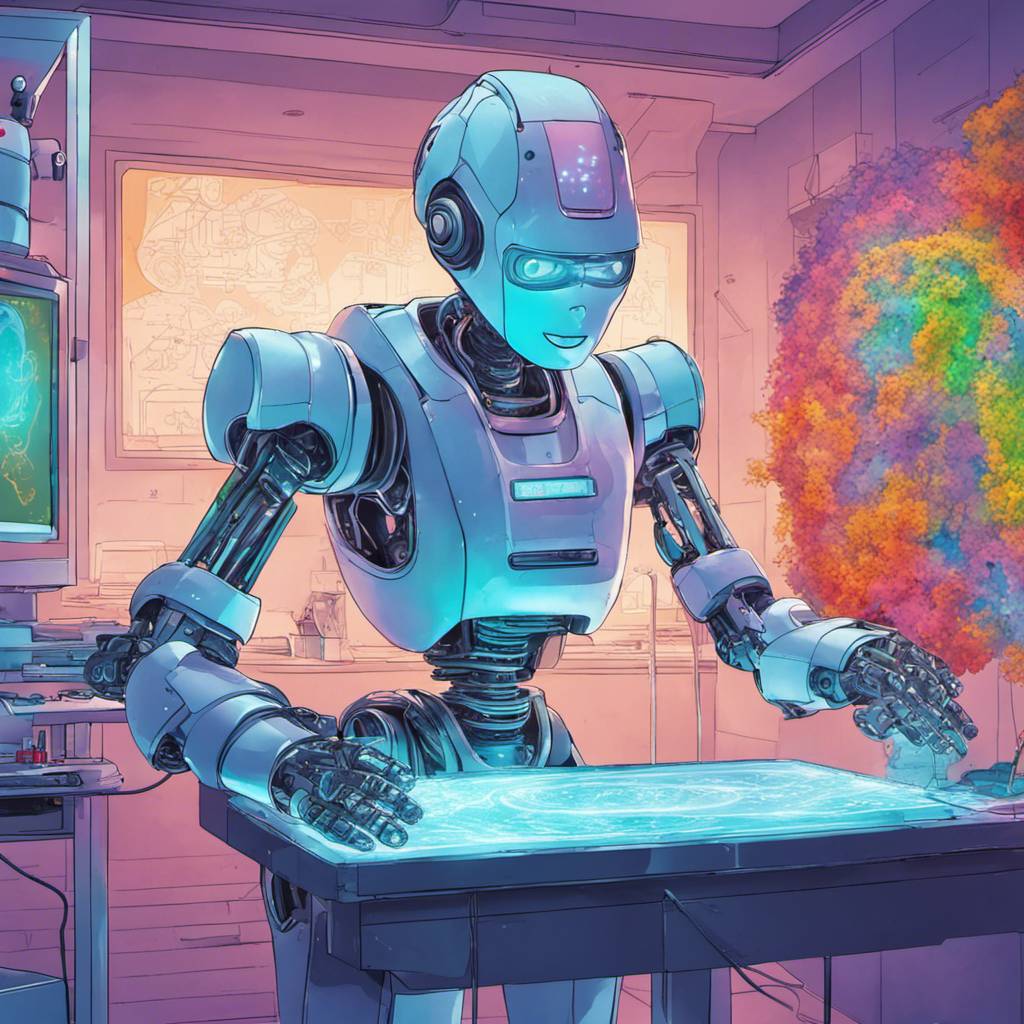In a significant breakthrough in the field of robotics, scientists from the Bristol Robotics Laboratory at the University of Bristol have developed a bi-touch system that uses artificial intelligence (AI) to train robots to perform tasks with near-human dexterity. The system employs a unique method of training, leveraging the power of AI to guide the robots’ actions, taking us one step closer to a future where robots can perform complex tasks seamlessly in various industries, including electronics and domestic services.
The research team at Bristol has engineered a tactile dual-arm robotic system that learns bimanual skills through Deep Reinforcement Learning (Deep-RL), a programming language that enables robots to learn from their mistakes and successes. This approach to learning mirrors the way a dog is trained, with rewards and punishments acting as the guiding principles.
The researchers initiated their work by creating a virtual environment featuring two robot arms equipped with tactile sensors. They then developed reward functions and a goal-update mechanism to motivate the robot agents to master bimanual tasks. This virtual training ground was then used to develop a real-world tactile dual-arm robot system.
Yijiong Lin, the lead author of the study from the Faculty of Engineering at the University of Bristol, explains, “Our Bi-Touch system allows us to train AI agents in a virtual world within a few hours to perform bimanual tasks tailored to touch. Moreover, we can directly apply these agents from the virtual world to the real world without any further training.”
For instance, in robotic manipulation, the robot learns to make decisions by trying different behaviors to complete designated tasks, such as lifting objects without causing any damage. The AI agent learns from its successes and failures, gradually figuring out the most effective ways to handle objects. This learning process is dependent solely on tactile and proprioceptive feedback, as the AI agent is visually blind.
Co-author Professor Nathan Lepora added, “Our Bi-Touch system demonstrates a promising approach with affordable software and hardware for learning bimanual behaviors with touch in simulation, which can be directly applied to the real world. Our developed tactile dual-arm robot simulation allows further research on more different tasks as the code will be open-source, which is ideal for developing other downstream tasks.”
The practical applications of this cutting-edge technology are extensive. In one successful test, the dual-arm robot was able to lift an object as delicate as a single Pringle chip without causing any damage. This could revolutionize industries such as fruit picking, where delicate handling is crucial. Additionally, it could also be used in domestic services and potentially even in developing artificial limbs that can recreate touch.
Computers and coding have been instrumental in this development, with programming languages playing a key role in training these robots. As the code for this technology will be open-source, it opens up opportunities for further research and development in various fields.
The findings of this revolutionary research were published in IEEE Robotics and Automation Letters. This development signifies a major leap forward in the field of robotics and AI, bringing us one step closer to a future where robots can perform complex tasks with human-like dexterity.
